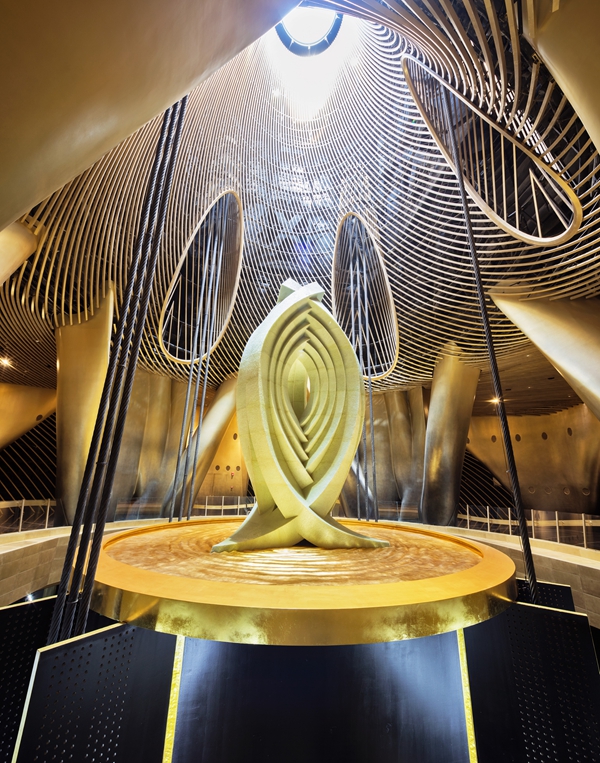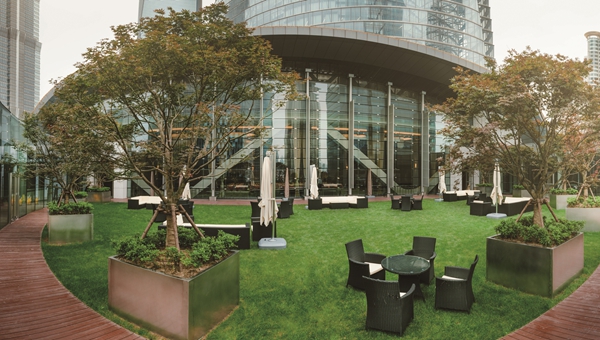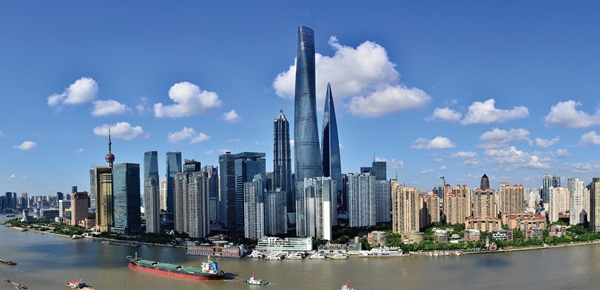 中文 | English
中文 | English2018-10-25 10:33:06
Over the past 40 years of reform and opening-up, skyscrapershave sprung up in Shanghai, refreshing the architectural records of China and the world and outlining the most beautiful skyline of the city. With multinational enterprises entering these skyscrapers, Shanghai has become an eye-catching land of great talent. People from all over the country and around the world maketheir dreamscome truein thosecubicles“in the sky.” If Lujiazui is a dream incubator, the Shanghai Tower is a dream machine.


With a total construction spaceof 578,000 square meters, Shanghai Towerhas 127 floors above the ground and 5 underground. The 632-meter-tall building is the tallest in Chinaand the second tallest in the world. Moreover, by innovatively absorbing the concept of sustainable development into its architecture, it embodies a lot of engineering breakthroughs and has set some records.

This is the first time the world has ever seen that a single building weighing 850,000 tons is built on the soft ground. It is also the first skyscraper cladding in a curved glass curtain wall about 140,000 square meters in size. The tower is also the first to be installed, based on the electromagnetic theory, with the world’s heaviest damper (1,000 tons).

This is also a model of energy conservation and environmental protection in the history of architecture. The glass façadewith a 120 degree twist can reduce the wind load by about 24percent; the 270 wind turbines near the top can generate up to1.19 million kwhof green power per year; the rain collection system atop the tower can recycle 25.33 percent of rainwater and supply 245,000 cubic meters of water to the tower every year, which reduces the tower’s water consumption by 52.9 percent. A set of environmental-friendly measures has successfully reduced the tower’s energy consumption, down 20 percent after the tower was put into operation. And the tower’s annual carbon dioxide emission witnessed a year-on-year decrease of 11,000 tons, as effective as 100,000 30-year-old fir trees.